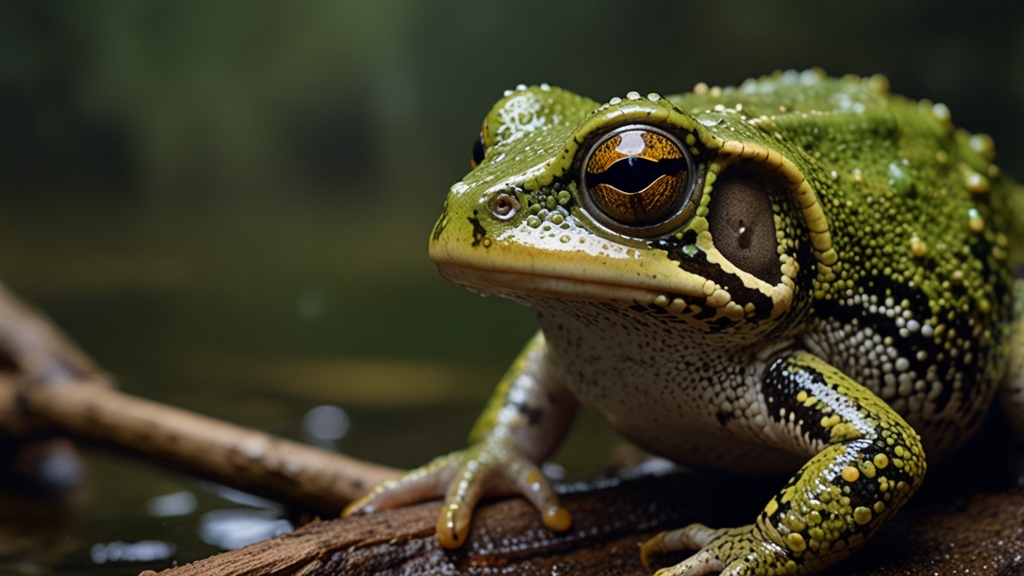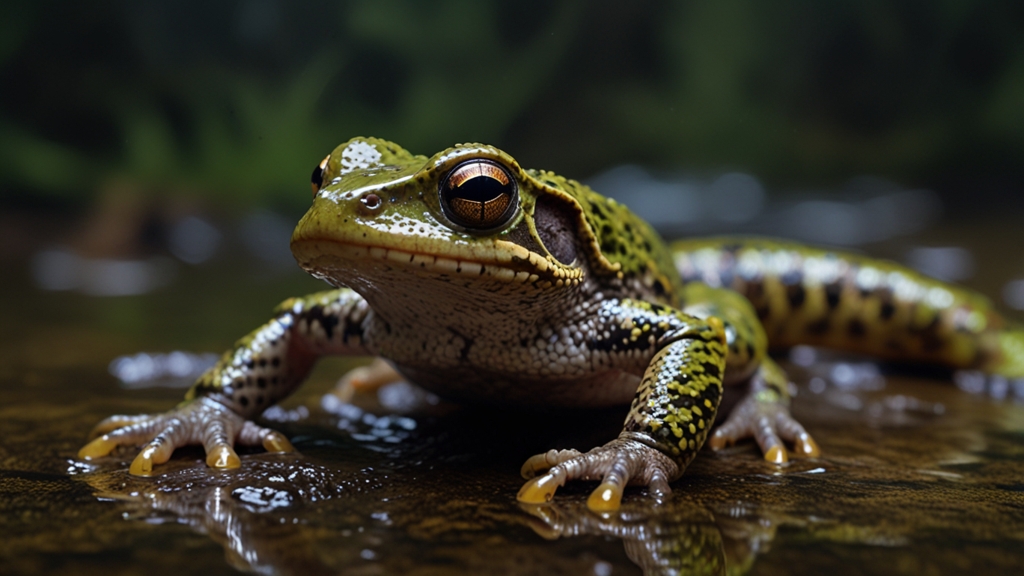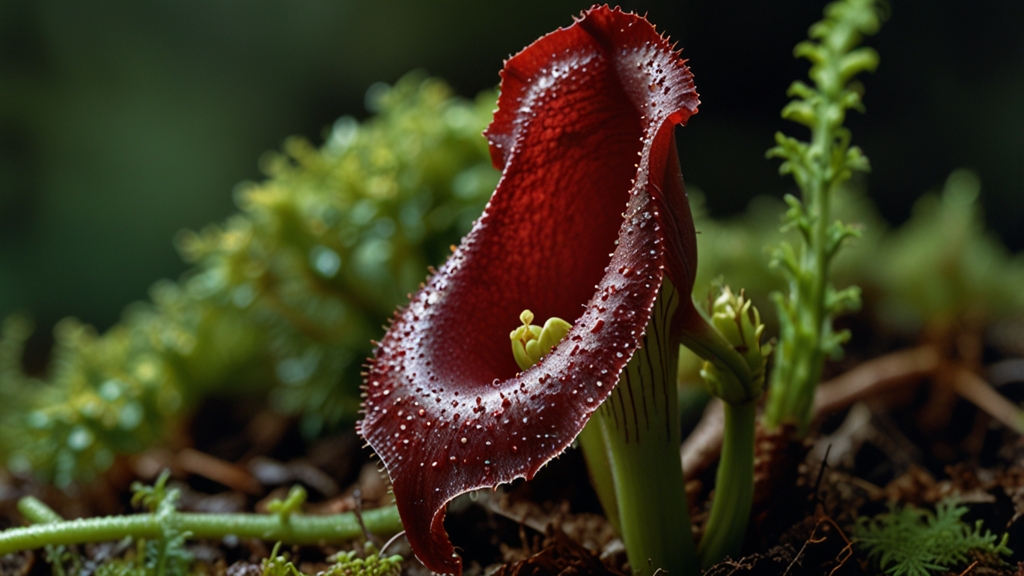Amphibians and Their Incredible Adaptations to Survive
Amphibians are an extraordinary group of animals that include frogs, toads, salamanders, and newts. Known for their dual life stages, they typically transition from aquatic larvae to terrestrial or semi-aquatic adults. This unique life cycle, along with their exceptional adaptability, has allowed them to thrive in a diverse array of environments across the globe.
Skin: A Multifunctional Organ
One of the most remarkable adaptations of amphibians is their skin. Unlike other vertebrates, amphibian skin is highly permeable, allowing for the direct exchange of gases and water. This permeability is crucial for their survival, especially in the larval stage, as it enables them to breathe and absorb water from their surroundings. Moreover, many amphibians secrete toxins through their skin as a defense mechanism against predators.
The skin of the poison dart frog is particularly fascinating; these vibrant creatures produce some of the most potent toxins known to science. Local tribes have historically used the frog's secretions to poison their darts for hunting, showcasing a unique interaction between humans and amphibians.
Metamorphosis: A Radical Transformation
Amphibian metamorphosis is a process that transforms a water-bound tadpole into a land-capable adult. This transformation involves significant physiological and structural changes, including the development of lungs, the loss of gills, and the growth of limbs. These adaptations are not just physical; they also entail behavioral shifts tailored to their changing environments.
The dramatic metamorphosis of a frog from a tadpole is a miraculous spectacle of nature. It exemplifies the incredible adaptability of amphibians, allowing them to exploit both aquatic and terrestrial niches.
Camouflage and Mimicry
To evade predators, many amphibians have evolved sophisticated methods of camouflage and mimicry. Frogs and toads often possess skin colors and patterns that blend seamlessly with their natural habitats, making them nearly invisible to potential threats. Some species take this a step further by mimicking the appearance of toxic or unpalatable species, thereby deterring predators through deception.
Regeneration Abilities
Another fascinating adaptation is the regenerative capability of certain amphibians. Salamanders, for example, are renowned for their ability to regenerate lost limbs, tails, and even parts of their hearts and brains. This superb healing ability is not only vital for individual survival but also offers insights into potential medical advancements for humans.
Salamanders’ ability to regenerate entire limbs and organs is a testament to the incredible adaptive potential of amphibians. This unique trait continues to captivate scientists and offers hope for regenerative medicine.
Environmental Indicators
Amphibians are often referred to as "biological indicators" due to their sensitivity to environmental changes. Their permeable skin and complex life cycles make them particularly vulnerable to pollutants, habitat destruction, and climate change. Therefore, studying amphibian populations can provide valuable insights into the health of ecosystems and highlight the impact of human activities on the environment.
Conclusion
Amphibians are a testament to the extraordinary adaptability and resilience of life. From their multifunctional skin and remarkable metamorphosis to their camouflage, mimicry, and regenerative abilities, these creatures continue to fascinate scientists and nature enthusiasts alike. As environmental indicators, their well-being is closely linked to the health of our planet, underscoring the importance of conserving these incredible animals and their habitats.








